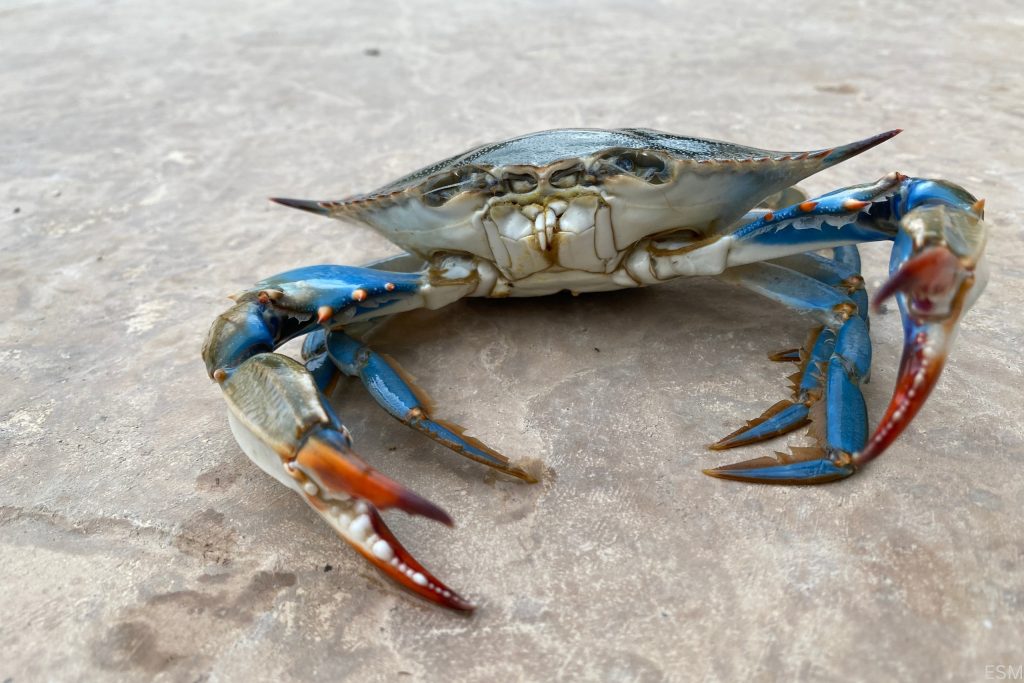Crabbing is more than a casual pastime in coastal North Carolina—it’s woven into the region’s culture, economy, and seasonal rhythms. From family-friendly outings to commercial harvests, the state’s shores offer unique experiences depending on the crab species and the time of year. Let’s dive into the crabbing calendar, highlighting the primary species you’ll encounter and why certain months are their prime time.
Blue Crab (Callinectes sapidus): The Coastal Favorite
When Are They in Season?
- General Seasonality
Blue crabs in North Carolina are available year-round, but their numbers and activity noticeably peak from June through October when waters warm up and feeding is vigorous. - Peak Crabbing Months
While June–October offers great volume, spring and fall—especially May, June, and July—are widely regarded as the sweetest spots for recreational crabbing in the Outer Banks and inland sounds.
Why These Months?
- Warmer Water, Active Crabs
Crabs thrive in warmer water; metabolism, feeding, and molting are all ramped up, increasing catch rates. - Molting and Soft Shell Phase
In spring and early summer, many crabs shed their shells and enter a soft-shell phase—perfect for soft-shell crab lovers. - Post-Spawning Surge
In fall, following summer spawning, many crabs are mature and abundant, offering great yields—this is often labeled as peak “hard-shell” crabbing season.
Rules & Regulations to Know
North Carolina enforces specific closures and limits to sustain the fishery:
- Harvest Closures:
- January 1–31: Blue crabs cannot be possessed north of the Highway 58 Bridge to Emerald Isle.
- March 1–15: No harvesting permitted south and west of that same bridge.
- Bag & Size Limits:
- Daily limit: 50 crabs per person, with a 100-crab limit per vessel.
- Minimum size: 5‑inch carapace; immature females are illegal to possess at all times.
- April 1–30: Possession of mature females carrying dark “sponge” (eggs) is prohibited.
- Gear Management:
- Crab pots must be checked at least every 5 days.
- Seasonal restrictions on pot use: North of Highway 58, pots must be removed January 1–30; south of it, March 1–15.
These measures help ensure sustainability while aligning with natural crab behavior cycles.
Other Crab Species: Ghost Crabs & Jonah Crabs
Though blue crabs dominate, other species also inhabit NC shores:
- Atlantic Ghost Crab (Ocypode quadrata)
Common on sandy beaches across the state, ghost crabs are terrestrial and not part of the harvestable fishery. - Jonah Crab (Cancer borealis)
Primarily a deep-water species from the mid-Atlantic, occasionally found offshore of NC. Not commonly targeted for local harvest.
These crabs seldom figure into recreational crabbing calendars but add ecological diversity to the coast.
Monthly Crabbing Guide: What to Expect
Month | Crabbing Activity & Highlights |
January–March | Major harvest closures in effect; limited recreational opportunity. |
April | Spring resurgence begins; soft shells emerge—but sponge-bearing females are still protected. |
May–July | Prime spring & early summer season: soft-shell crabs, warm water, high success rates. |
August–October | Continued abundance into fall; hard-shell crabs dominate and are popular for restaurant and boil cooks. |
November–December | Cooler water reduces activity; off-season for casual crabbing but still possible where regulations allow. |
Tips for Best Crabbing Results
Choose the Right Time of Day
Crabbing thrives around tide shifts—beginning two hours before high tide through two hours after offers increased crab activity.
Best Locations
The Outer Banks’ sounds—Currituck, Albemarle, Roanoke, Pamlico—offer excellent youth-friendly and shore-based crabbing, with docks, piers, and shoreline access.
Gear & Bait
Simple setups work well: chicken necks or fish heads on a line, or pot traps. String, nets, chicken-neckers, or collapsible traps (under 18 inches) are all effective and legal.
Why These Seasons Shine
Biological Cycles
Warmer water accelerates crab metabolism and molting—creating optimal catch windows in spring and fall. Summer sees spawning and regrowth, meaning crabbers can still find plentiful harvests.
Conservation
Strategic closures during winter and vulnerable spring months—especially protecting brood-bearing females—help populations rebound and maintain stability.
Experience
From pediatric-friendly baiting in May to crisp fall crab boils in October, each season brings flavor and tradition—with safety rules and biology closely aligned.
Planning Your NC Crab Adventure
Crabbing along North Carolina’s coast is rich in tradition and seasonal nuance. Here’s your action checklist:
- Best Months: May through October (spring soft shells to fall hard crabs)
- Watch Closures: January (north of 58) and early March (south of 58)
- Legal Limits: 5‑inch min size; 50 crabs/person/day; protect female crabs and eggs
- When to Go: Two hours before to two hours after high tide
- Locations: Sounds along the Outer Banks are prime real estate for family and novice crabbers
- Gear Up: Simple, effective tools like chicken necks and pots do the trick
With thoughtful timing and respect for the crabs, your North Carolina crabbing trip can be as rewarding as the catch itself—whether it’s a soft-shell sandwich in early summer or hearty fall boils with friends and family.

